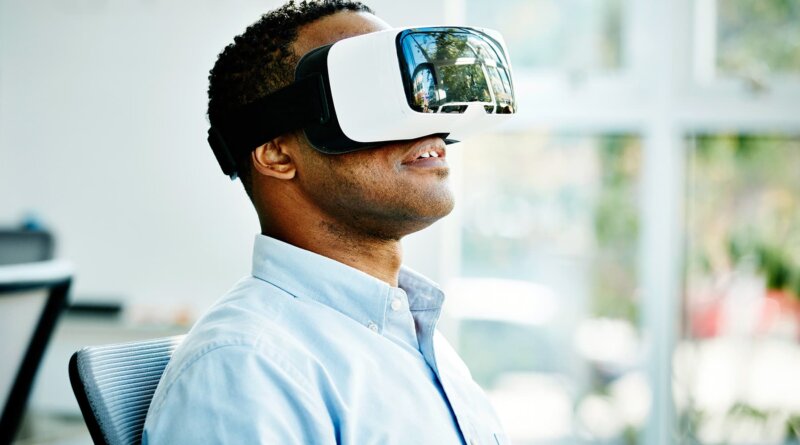Treating MS Pain With Virtual Reality
By Leigh Charvet, PhD, clinical neuropsychologist, as told to Alyson Powell Key
Charvet and Martin Malik co-presented the study “Virtual Reality as an Intervention for Chronic Pain in Multiple Sclerosis” at the American Academy of Neurology’s 73rd Annual Meeting, April 17-22, 2021, where scientists discuss the latest research in MS and other brain and nerve conditions.
VR is developing rapidly, both from the technology aspect and its use in all kinds of health care applications. It provides a 3D environment that you’re psychologically immersed in, including all sensory experiences. It’s like a full 3D movie environment.
VR is being also used quite a bit now for medical education, allowing doctors to go into the heart, walk through the brain, or see diseases. It’s also being used in rehabilitation to make exercise more enjoyable and give feedback that can help with recovery.
Treating MS Pain With Virtual Reality
We’re very interested in the rehabilitation space and using VR for its sensory psychological benefits. It was first used in the research world for people who had acute burns, such as military veterans.
The basic idea is that the more immersed you are in VR, the less your brain can pay attention to other stimuli like pain signals. When the pain is overwhelming, you can go into a different world. That was the basis of our interest in using it for MS-related pain. Does VR strengthen the mind’s ability to harness attention away from pain or discomfort signals?
Most of our patients live with the burden of day-to-day pain. So we took a specific angle to see if repeated VR sessions can allow the mind to lower pain signal noise and provide an escape, both within and outside of the VR environment, over time.
Eight patients were enrolled in the study based on having high long-term pain related to their MS. We designed the intervention as 8 separate days of 35-minute VR sessions. The larger study is designed to compare different VR content. We categorized it as active, where you’re seated but move your hands and actively navigate the environment, versus passive, where you watch an emotionally neutral or pleasant video.
All participants were seated. For the “interactive” content, participants used hand controllers to move through a virtual 3D space. They navigated through virtual environments and did simple activities such as virtually catching or throwing a ball. For the “passive” content, they viewed the 3D space without any interactive navigation or activity. Instead, they viewed neutral and enjoyable VR videos such as tours through natural settings. In both conditions, all participants completed a guided VR mindfulness experience, viewing a relaxing VR environment with peaceful breathing prompts.
We measured pain ratings before and after each session. People had a significant reduction in how much pain they experienced at that time. The second thing we found is that patients’ chronic pain ratings dropped after back-to-back, repeated VR immersion. And everyone who completed the study reported that they enjoyed the VR sessions.
The Future of VR for Pain Management
VR technology is such a rapidly moving space, and now there’s at-home VR. It’s appealing because it’s not medication and could be on demand. The next step is to try home delivery and developing it to reach larger sample sizes. We want to compare and refine the content to identify what would be most helpful for the person. There’s interest in offering VR as a treatment for patients with different conditions.
There’s a lot of power in how we can apply it; it just needs to be studied to optimize the benefits.




